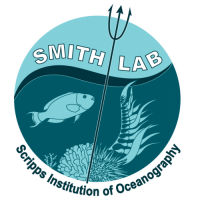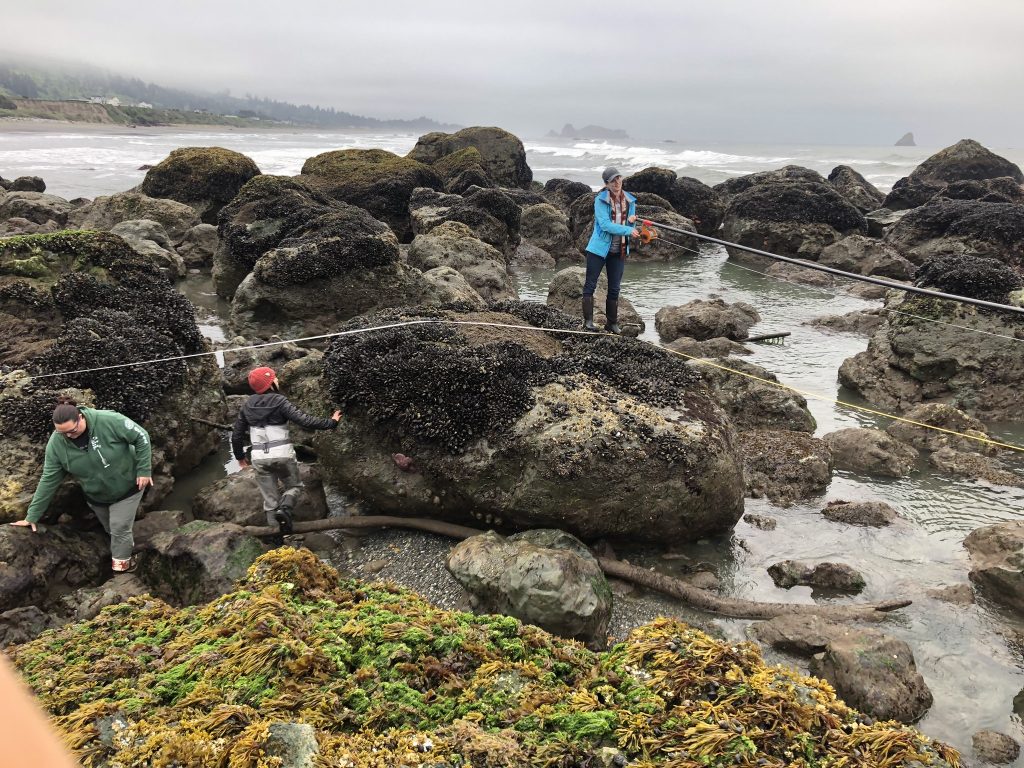Principal Investigator: Jennifer E. Smith, Scripps Institution of Oceanography
Co-Principal Investigator: Sarah N. Giddings, Scripps Institution of Oceanography
Core team members: Kelsey Miller, Scripps Institution of Oceanography; Clinton Edwards, Scripps Institution of Oceanography; Rosa Laucci, Tolowa Dee-ni’ Nation; Jaytuk Steinruck, Tolowa Dee-ni’ Nation.
The rocky intertidal is an iconic seascape of immense importance to California’s residents for recreation and ecotourism, as well as for cultural purposes to the state’s Indigenous nations. Unfortunately, because these important habitats exist at the land-sea interface, they are particularly susceptible to human impacts and in particular, sea level rise (SLR).
TIDES is a partnership of the Tolowa Dee-ni’ Nation and Scripps Institution of Oceanography.
Our collaborative approach allows us to develop a detailed understanding of how SLR will impact intertidal communities in both the short and long term. This easily transferrable method, which utilizes cutting edge imaging techniques to create 3-dimensional models that capture hundreds of square meters of intertidal habitats and allow us to visualize and study intertidal communities at unprecedented scales. It is the ideal methodology for community engagement and improved SLR vulnerability assessments to support climate change management plans.
The Tolowa Dee-ni’ Nation are a foundational project partner of the TIDES project using the new technology in combination with traditional knowledge to improve conservation of their shorelines in the face of a changing climate. By working in true collaboration with coastal Indigenous communities the TIDES project is creating a groundbreaking knowledge exchange between a premier oceanographic institution and our longest-standing land and sea stewards for the best possible conservation outcomes.

The TIDES project captures previously unavailable information on biological response to SLR within the rocky intertidal in order to generate detailed projections of how these important ecosystems will be impacted and improve SLR vulnerability assessments.
SLR risk management plans assume incremental changes in plant and animal communities over time. However, evidence suggests many species may respond in sudden and unpredictable ways. SLR adaptation strategies should encourage and incorporate research into this suite of potential response rates and types within biological communities. However, current monitoring approaches do not provide the information necessary to sufficiently address these issues. This is the problem the TIDES project solves.
For more information about this project, please visit https://tides.ucsd.edu/


